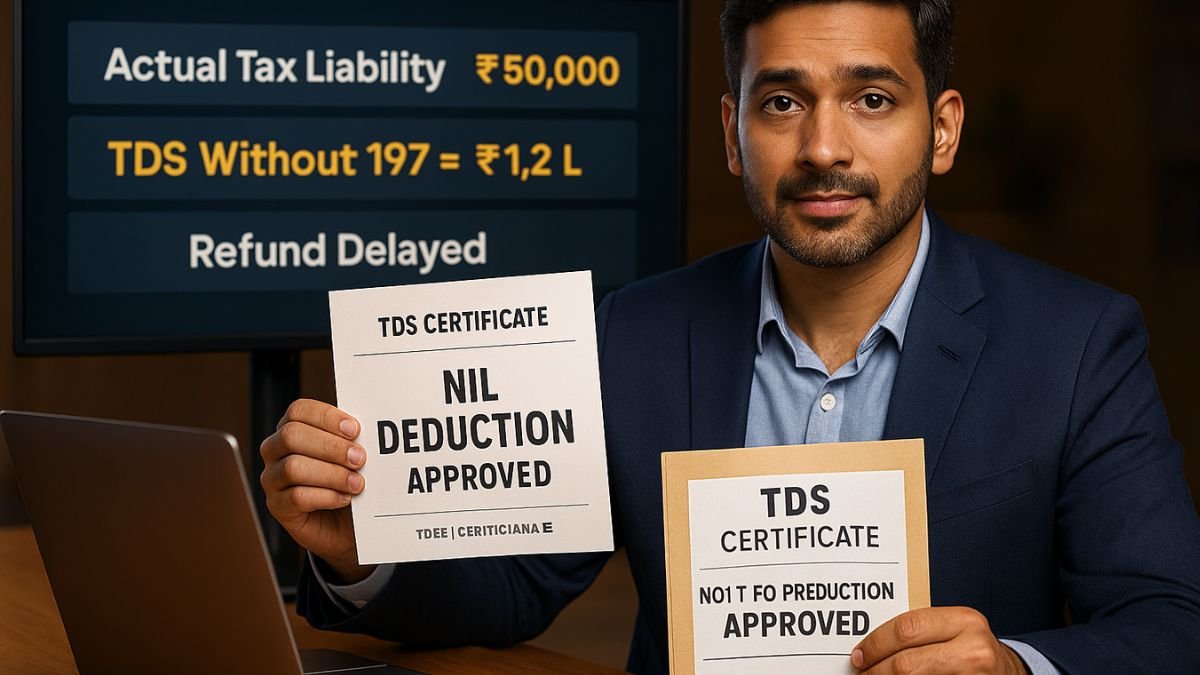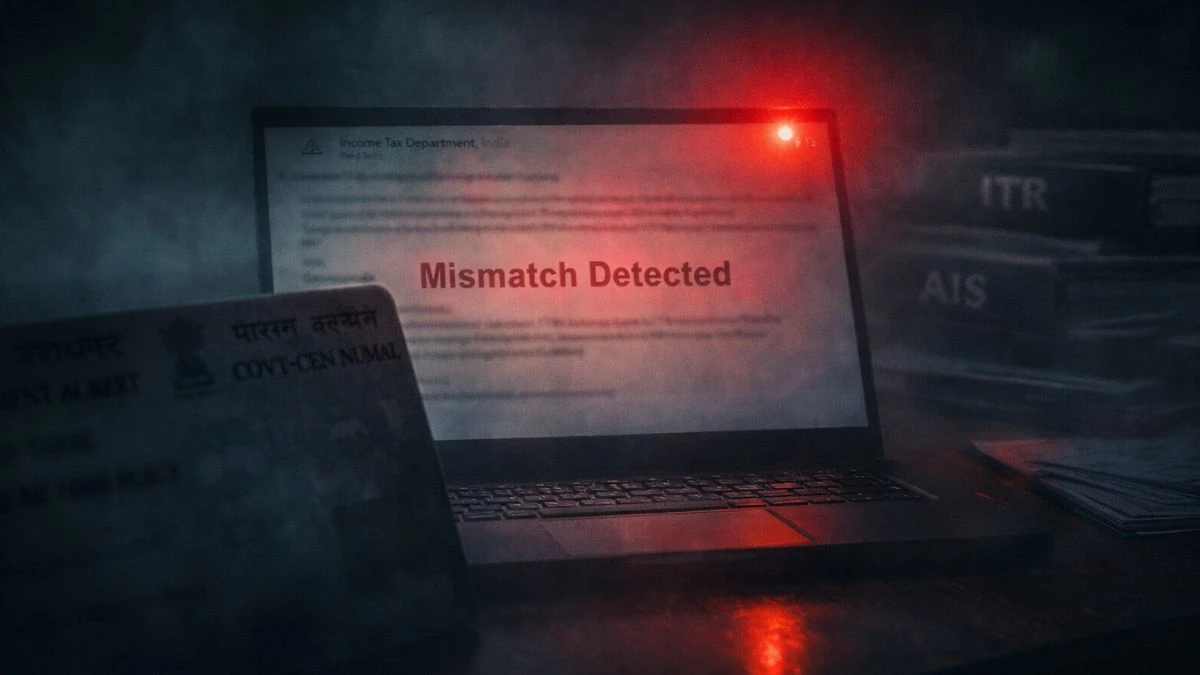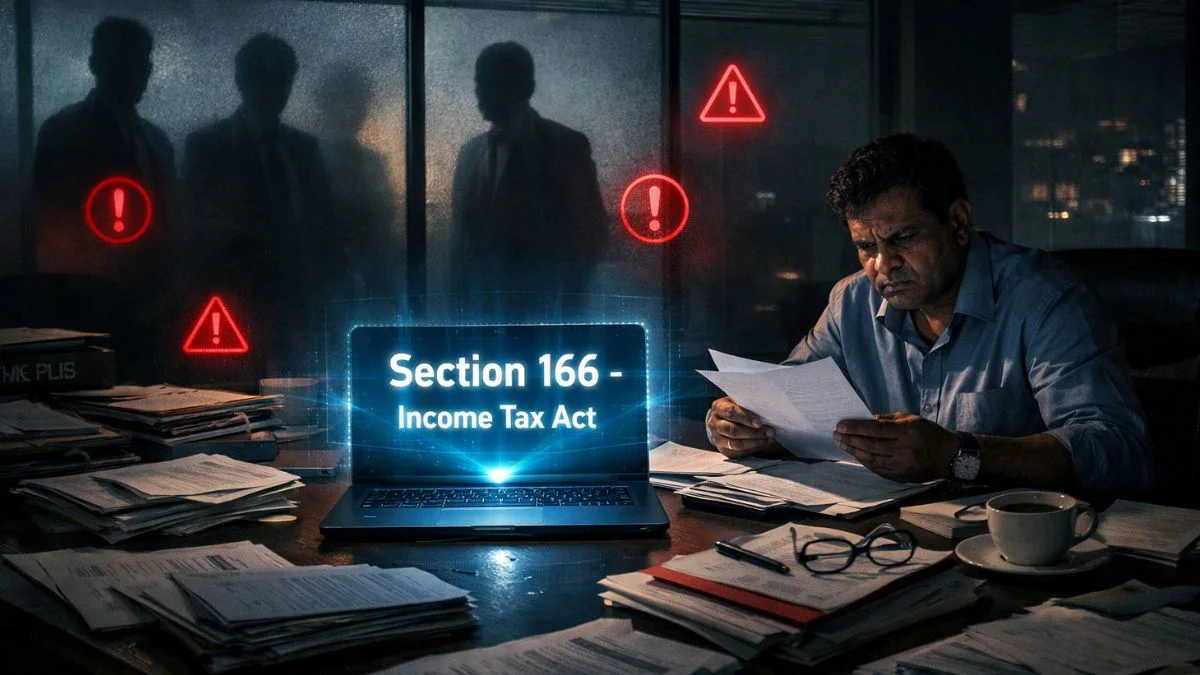
Why Pay More TDS Than You Need To?
Every month, tax is deducted from your income in the name of TDS (Tax Deducted at Source). But what if your actual tax liability is lower—or even zero?
That’s where Section 197 of the Income Tax Act steps in. It permits a taxpayer the facility of NIL or lower tax rate deduction of TDS, helping you manage cash flow better & avoid waiting months for a refund.
Whether you're a freelancer, an NRI, a salaried employee, or a business, Section 197 can work in your favour—if you know how to use it.
📘 What is Section 197 of the Income Tax Act?
Section 197 allows certain taxpayers to apply for a certificate that directs the payer (like your employer, client, or bank) to deduct TDS at a lower or NIL rate.
This is not automatic—you need to apply using Form 13 under Section 197 of the Income Tax Act and provide details that prove your total tax liability will be less than the TDS normally deducted.
If approved, the certificate under Section 197 of the Income Tax Act 1961 is issued, which the payer must follow while deducting TDS. "
📄 Common Situations Where Section 197 Helps
Here are a few real-life scenarios where taxpayers benefit from this section:
- A freelancer with a lower net income can apply to reduce the 10% TDS on payments.
- An NRI earning interest on NRO accounts may get relief from high TDS rates.
- A startup or business suffering initial losses can apply for nil TDS on contract payments.
- Even employees expecting deductions higher than their actual tax can benefit.
That’s why Section 197 of the Income Tax Act for NRI & residents alike is crucial in tax planning.
💻 How to Apply?
You can file Form 13 online through the TRACES portal. The form requires:
- PAN details
- Projected income & tax liability
- Past TDS details
- Income from assets acquired through business purchases or investments
- Tax paid in previous years
Once submitted, the Assessing Officer will review your case, & if satisfied, issue a certificate valid for the financial year.
🧾 What is Form 13?
Form 13 under Section 197 is the official request form for obtaining a lower/nil TDS deduction. It requires data such as:
- Nature of income
- Estimated income for the year
- Justification for lower tax liability
- Details of the current TDS rates applicable
Once the certificate is issued, the deductor (payer) must comply with the instructed rate. "
📌 Legal Accountability
It’s important to note:
Whoever issues or signs any certificate required by law to be given or signed under pretences can be prosecuted under the Act.
Also, the Prosecution of Judges and public servants for issuing improper TDS certificates has precedence, emphasising the seriousness of due diligence.
✅ Key Features of Section 197
|
Feature |
Details |
|
Applicable Form |
Form 13 |
|
Issuing Authority |
Jurisdictional AO (Assessing Officer) |
|
Beneficiaries |
Individuals, NRIs, Companies, Firms |
|
Certificate Validity |
Up to 1 financial year |
|
Rate Applicability |
Nil or reduced rate |
|
Relief From |
Excess TDS deductions |
|
Based On |
Estimated total income and tax liability |
❗ Who Should Consider Applying?
Anyone who expects their TDS liability to exceed the actual tax payable. Especially:
- Startups with low taxable profits
- Consultants with high expenses
- NRIs earning Indian income
- Investors with low-interest income
- Businesses with losses carried forward
This section also helps reduce working capital blockage & minimises refund dependency.
⚖️ Case Reference: Section 197 and Business Assets
A common query arises:
Can income earned from assets acquired through business purchases be included for Form 13 estimation?
Yes. Such income plays a critical role in estimating your total income for the year. Disclosing accurate asset details helps the Assessing Officer issue the correct certificate.
📜 Section 197 vs Section 197A
- Section 197: Requires application & certificate issuance for lower or nil TDS
- Section 197A: Self-declaration by the deductee using Form 15G/15H (for individuals with nil tax liability)
They may sound similar, but Section 197 requires proactive approval from the department—it’s not just a formality.
📌 Keywords in Action
Let’s naturally reinforce your keywords:
- Section 197 of the Income Tax Act is vital for those who qualify for lower TDS deduction.
- You can apply using Form 13 under section 197.
- It permits a taxpayer the facility of NIL or lower tax rate deduction of TDS, reducing refund dependencies.
- Remember: Whoever issues or signs any certificate required by law should do so responsibly, or they could face penalties.
- Prosecution of judges and public servants has occurred due to the misuse of provisions, so the section demands integrity.
- Income from assets acquired through business purchases must be disclosed accurately when applying.
🤔 FAQs
- Can I apply for Section 197 every year?
Yes, it’s valid only for the current financial year, so you must reapply annually. - Is the certificate mandatory for reduced TDS?
Absolutely. Without it, the deductor is legally required to deduct tax at standard rates. - Can NRIs also apply?
Yes, NRIs can apply under Section 197 of the Income Tax Act for NRI, especially for interest, rent, & royalty income.
✅ Final Thoughts
If you're someone whose tax liability is consistently lower than the TDS deducted, don't wait for that refund every year. Be proactive. Section 197 of the Income Tax Act gives you the legal & compliant way to save TDS deductions at the source.
It allows eligible taxpayers to apply for a certificate of lower or nil TDS deduction, helping you keep more money in hand & avoid refund delays.
💬 Need help filing Form 13 or estimating your eligibility?
The experts at CallMyCA.com are here to guide you through the process. Book a free consultation today here https://callmyca.com/business-tax-filing and save more with smarter tax planning.











